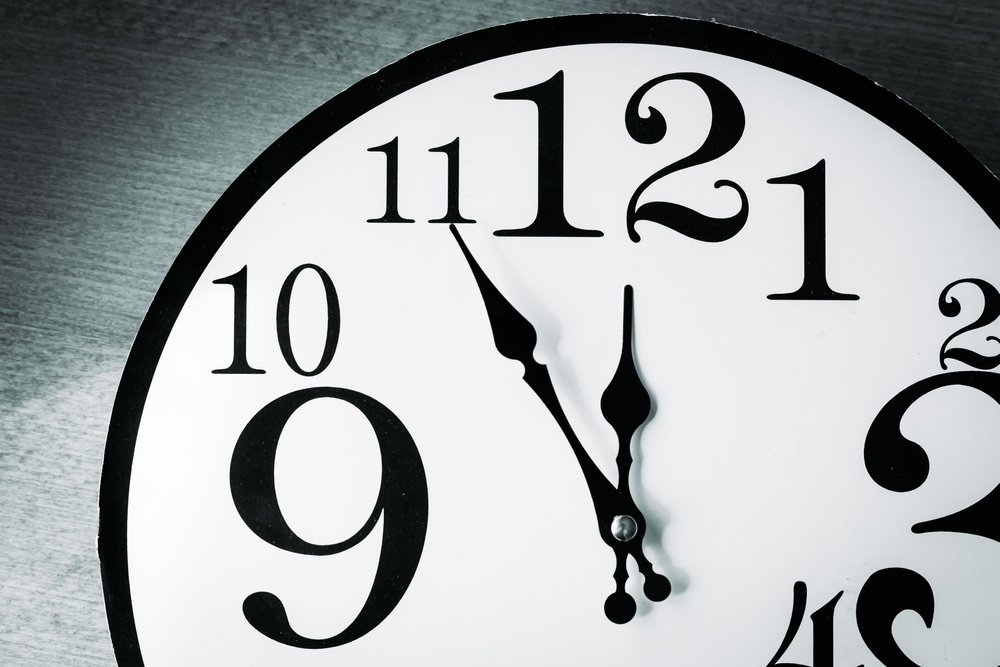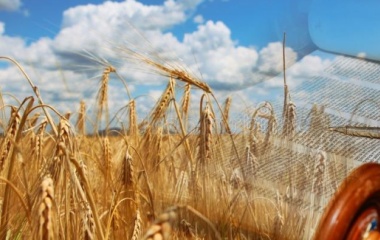
“And you shall count from the morrow after the sabbath, from the day that you brought the [barley] omer of the wave offering; seven complete sabbaths shall there be. Until the day after the seventh week, you shall count fifty days, and you shall bring a new [wheat] meal-offering to G-d” (Vayikra 23:15-16).
The Torah links the holidays of Pesach and Shavuot – the barley and the wheat harvest – through the counting of the of seven weeks, what is commonly known as the mitzva of sefirat haomer. This is a rather strange name to give to this count. An omer is a unit of measure so counting the omer is like saying, “today is the first day of the litre...today is the 8th day which is one week and one day of the litre”. The Torah tells we are to begin to count 50 days on the day that we bring the korban haomer. The Torah does not tell us to count the omer – it is the days we are to count. Why then does our tradition refer to this counting as the sefirat haomer? Surely, there must be something more to this than mere measurements.
The Jewish people in Egypt did not lack for food. They may have worked hard but they had plenty of food: it would make little sense not to properly feed people if you want them to work productively. But all that changed when the people arrived in the desert. The Jewish people – and their descendants – needed to learn that our sustenance comes from G-d. This is not easy. Man has an innate ability to take credit himself for his success. The manna was to be our test “if they will walk in [the way of] My teaching or not” (Shemot 16:4).
Each and every day we would have to look heavenly for our sustenance. One could take only the amount of food one needed for the day. There was to be no bread in the cupboard for a rainy day. And the amount of food needed for one day for one person was an omer. “This is the thing which the Lord has commanded, gather of it every man according to his eating, an omer for every man, according to the number of your persons shall you take it, every man for them who are in his tent” (Shmeot 16:16).
Once a week no manna would fall – the first time the Jewish people hear of the concept of Shabbat – teaching us that even if we do not work for one day G-d will still provide for our needs.
The manna served the same purpose as the 10 plagues – “in order that you may know that there is none like Me in all the earth” (Shemot 9:14). It took 10 plagues until Pharaoh was finally convinced – at least temporarily – that one must listen to G-d’s commands. While the ten plagues were enough to get the Jews out of Egypt, they would need a daily reminder that "there is none like G-d in all the earth". It was the pre-requisite to Sinai. The “omer” was counted as the people marched from Egypt to Sinai.
“And the children of Israel did eat the manna for forty years, until they came to an inhabited land; they did eat the manna, until they came to the borders of the land of Canaan” (Shemot 16:35). While one might have expected this verse to appear after the people are settled in the land on no longer dependant on the manna. Yet the Torah mentions that the people ate manna for 40 years – twice no less – when we are first told of manna. The lesson of the manna had to be reinforced each and every day until they arrived in the Land of Israel.
Once they arrived in the Land of Israel bread from heaven was replaced with water from heaven. While in the desert they got water from a rock – another way to indicate the miraculous nature of our sustenance – in the Land of Israel rain would be the mechanism through which G-d would let us know if He was pleased with the actions and inactions of the Jewish people. And each and every day Jews in Israel and in the Diaspora would acknowledge this theme through the recital of the second paragraph of the shema. “If you obey the commandments that I enjoin upon you this day, loving the Eternal your G-d and rendering service with all your heart and soul, I will provide the rain of your land in its time, fall rain and spring rain, and you will harvest your grain and your wine and your olive oil”.
After telling us that the Jewish people ate the manna for 40 years the Torah adds a concluding verse to the story of the manna. “The omer is asereit haeifa, a tenth of an ephah”. This is a very strange verse. We have already been told that the omer was the size of a vessel that could contain enough food for one person for one day. What is added by telling is it’s a tenth of an ephah? Furthermore, considering this is the first time both the omer and an ephah are mentioned why would the reader of the Torah be expected to know what an ephah is but not an omer?
The simple answer is they would not. If anything, it is the omer which sheds light on the eipha. The asereit haeifa, appears in the Torah in reference to sacrifices, most prominently in reference to the korban tamid, the daily sacrifice brought each morning and evening in the Temple. Accompanying the lamb was to be a tenth of an ephah of fine flour as meal offering mixed with a quarter-hin of crushed oil” (Bamidbar 38:5)
In other words – and the Torah is using other words – each and every day in the morning and evening as the daily sacrifice was brought, we were to be bring an omer of flour to remind ourselves that our sustenance comes from G-d.
In addition to the counting of the omer and the omer of the manna there is one other place the Torah mentions the omer. “Ki tikzor kitzercha – recall that Shavuot is known as Chag haKatzir - when you reap your reaping in your field, and you forget an omer in the field, you may not return to take it; for the proselyte, for the orphan, and for the widow let it be; in order that the Lord, your G-d, will bless you in all your endeavours” (Devarim 24:19). If a farmer forgets an omer in the field, he must leave it for the poor. If one has so many fields that one forgets about one of them, one clearly does not need it and must leave it for others. One who does not know where his next meal is coming from does not forget to harvest a field.
“Six days you shall work and do all your activity and on the seventh day you shall rest”. With so many factors beyond our control the omer reminds us that our sustenance ultimately comes from G-d. As G-d helps us, he instructs us to help us to help others. G-d provides us with an omer and we as G-d partners are to do the same for others.
Each day between Pesach and Shavuot we count the omer. We no longer offer the omer sacrifice on Pesach nor the two loaves of bread on Shavuot. But we do something much more important. We remind ourselves that it is G-d who provides for us. More importantly we are to provide for others, thereby emulating G-d. What better way can there be to prepare to receive the Torah?



